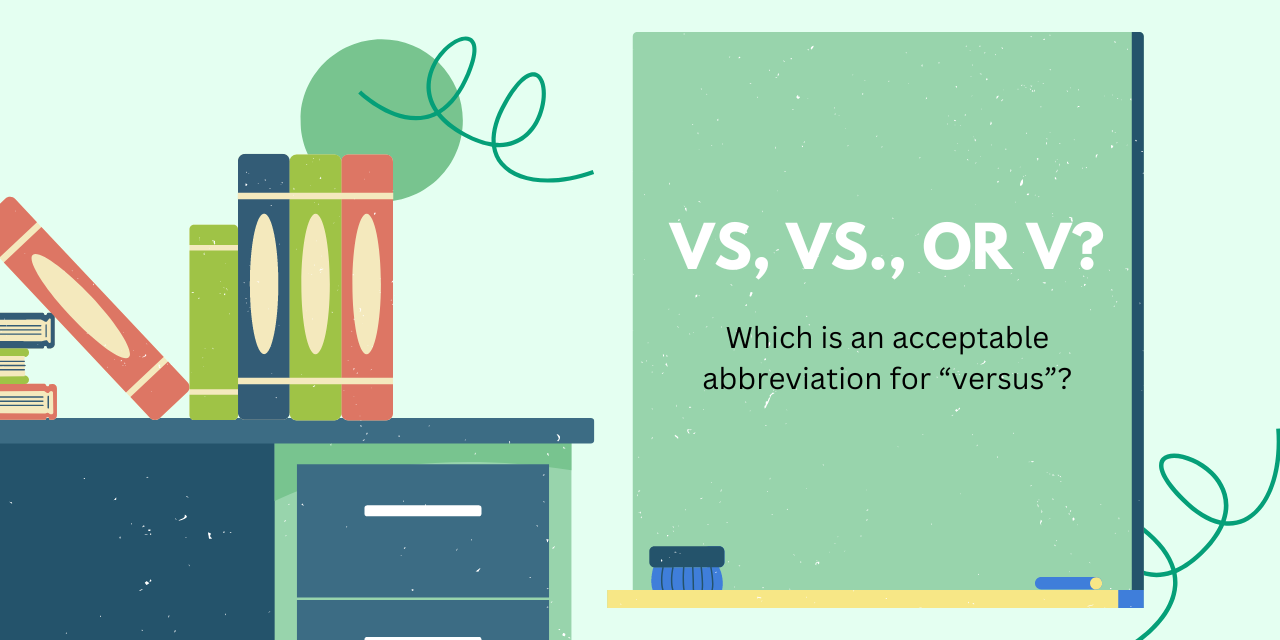The narrative perspective, or point of view, is a foundational element in writing that determines how the audience perceives the story or information being presented. Whether you’re penning a novel, composing an email, or crafting a research paper, understanding the nuances of different points of view can significantly influence your writing’s impact and clarity.
Let’s explore the differences between first, second, and third-person narratives, and when to use each in various writing contexts.
Defining “Point of View”
The term “point of view” in literature refers to the vantage point or lens through which a story is narrated. Think of it as a camera angle in film; it determines what the audience sees, hears, and feels. This narrative perspective dictates who is telling the story and how much they know. It establishes a relationship between the narrator, the characters, and the reader.
By choosing a particular point of view, the writer decides how intimate or distant the readers are from the characters’ thoughts, feelings, and experiences.
The Three Main Points of View
Let’s explore the three different points of view in more detail.
First Person
- Pronouns used: I, me, my, mine, we, us, our, ours
- Definition: The narrator is a person within the story relaying events from their perspective.
- Example: “I felt a chill run down my spine as the door creaked open.”
Second Person
- Pronouns used: You, your, yours
- Definition: The narrator speaks directly to the reader, making them a character in the story.
- Example: “You walk into the dimly lit room, noticing the eerie silence.”
Third Person
- Pronouns used: He, she, it, they, him, her, them, his, hers, its, theirs
- Definition: The narrator is an external entity, recounting events without being a part of them. This can be further divided into third-person limited (knowledge limited to one character) and third-person omniscient (all-knowing).
- Example: “She gazed out the window, lost in thought, unaware of the secrets the town held.”
Deciding Which Point of View to Use
It’s important to know your audience and be clear about what you’re looking to achieve in your communication.
- Purpose and Formality: Academic and business writings often demand a more formal, objective tone, making third-person a good choice. Personal essays or blogs, on the other hand, may benefit from the intimacy of first-person.
- Engagement Level: If you want to engage your reader directly or offer advice, second-person can be effective.
- Intimacy and Emotional Depth: First-person can help readers connect on an emotional level, making them feel as though they’re experiencing events alongside the narrator.
- Breadth of Knowledge: When you need to convey multiple perspectives or an all-knowing view, third-person omniscient is your go-to.
Using Points of View in Different Writing Contexts
Social Writing (Blogs, Personal Essays, Social Media)
- First-Person: Ideal for personal anecdotes, sharing experiences, and emotive pieces. It fosters a sense of intimacy with the reader.
- Second-Person: Effective for engaging the reader directly, especially in instructive or advisory content. “If you’re planning a trip to Paris, you must visit the Louvre.”
- Third-Person: Less common but can be used for sharing someone else’s story or providing an external perspective.
Academic Writing (Research Papers, Essays, Reports)
- First-Person: Occasionally used in reflective essays or personal response papers. “In my opinion, the data suggests…”
- Second-Person: Rarely used in academic contexts as it can come across as informal.
- Third-Person: The most common POV for academic works, ensuring objectivity and formality. “The study demonstrates the effects of…”
Business Writing (Emails, Reports, Proposals)
- First-Person: Common in emails and communications to express personal opinions or relay personal experiences. “I believe our team can handle this project.”
- Second-Person: Suitable for addressing the reader, especially in proposals or pitches. “If your company chooses our services, you will benefit from…”
- Third-Person: Often found in formal reports, company profiles, or case studies. “The CEO announced the new policy…”
Examples: Point of View in Business Communications
Given the distinctions between the points of view and their applications in business writing, here are three example paragraphs that apply first, second, and third-person narratives in professional business communications:
First Person (Memo)
“I attended the global summit last week, representing our company. During one of the workshops, I had the opportunity to interact with potential clients and collaborators who expressed interest in our services. Based on my discussions, I recommend that we explore partnerships with XYZ and ABC companies. I truly believe these collaborations can bring significant value to our ongoing projects.”
Second Person (Business Plan)
“As an investor, you understand the importance of innovation and scalability in any startup venture. By investing in our company, you are placing your trust in a team that is dedicated, experienced, and driven by a vision to revolutionize the tech industry. With your support, you can expect a projected return on investment (ROI) of 20% in the first year alone.”
Third Person (Presentation)
“In 2022, Widgets Inc. made the strategic decision to enter the Asian market. Their initial investment focused on research and understanding local consumer needs. By the third quarter, they successfully established partnerships with local suppliers and distributors. Their sales report from December showed a 30% increase in revenue compared to the same period the previous year. This success underscores the importance of market research and adaptability in global business expansion.”
These examples highlight how different points of view can tailor the messaging in a professional setting, ensuring clarity and the intended impact on the audience.
Conclusion
The narrative point of view isn’t just a structural choice—it’s a strategic one. By understanding the nuances and impacts of first, second, and third-person narratives, writers can better tailor their work to their intended audience and purpose, ensuring that their message isn’t just read, but felt and understood. Whether sharing a personal experience, advising readers, or presenting objective data, the right perspective makes all the difference.
Looking to become a skilled, confident writer? Check out our business writing courses here!






